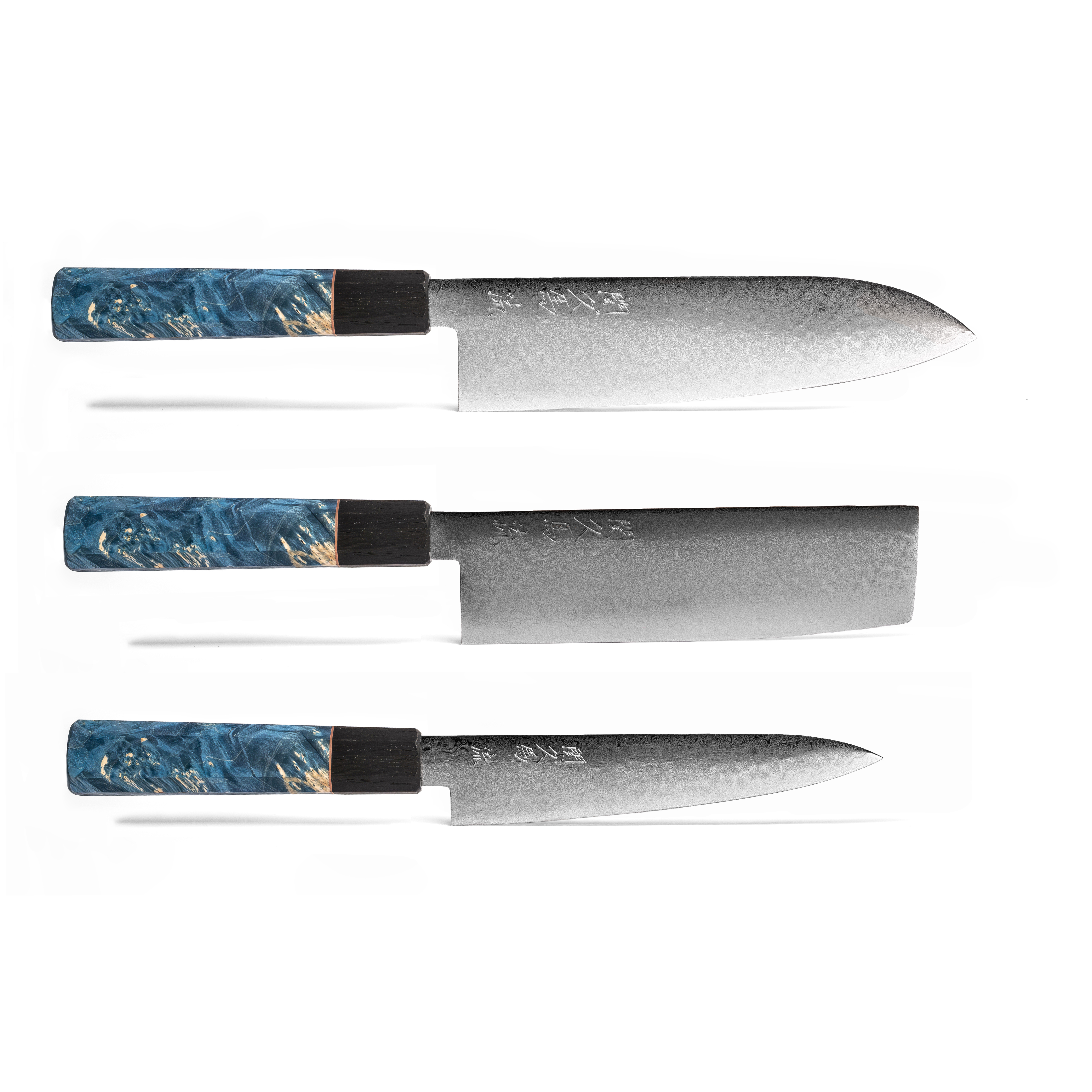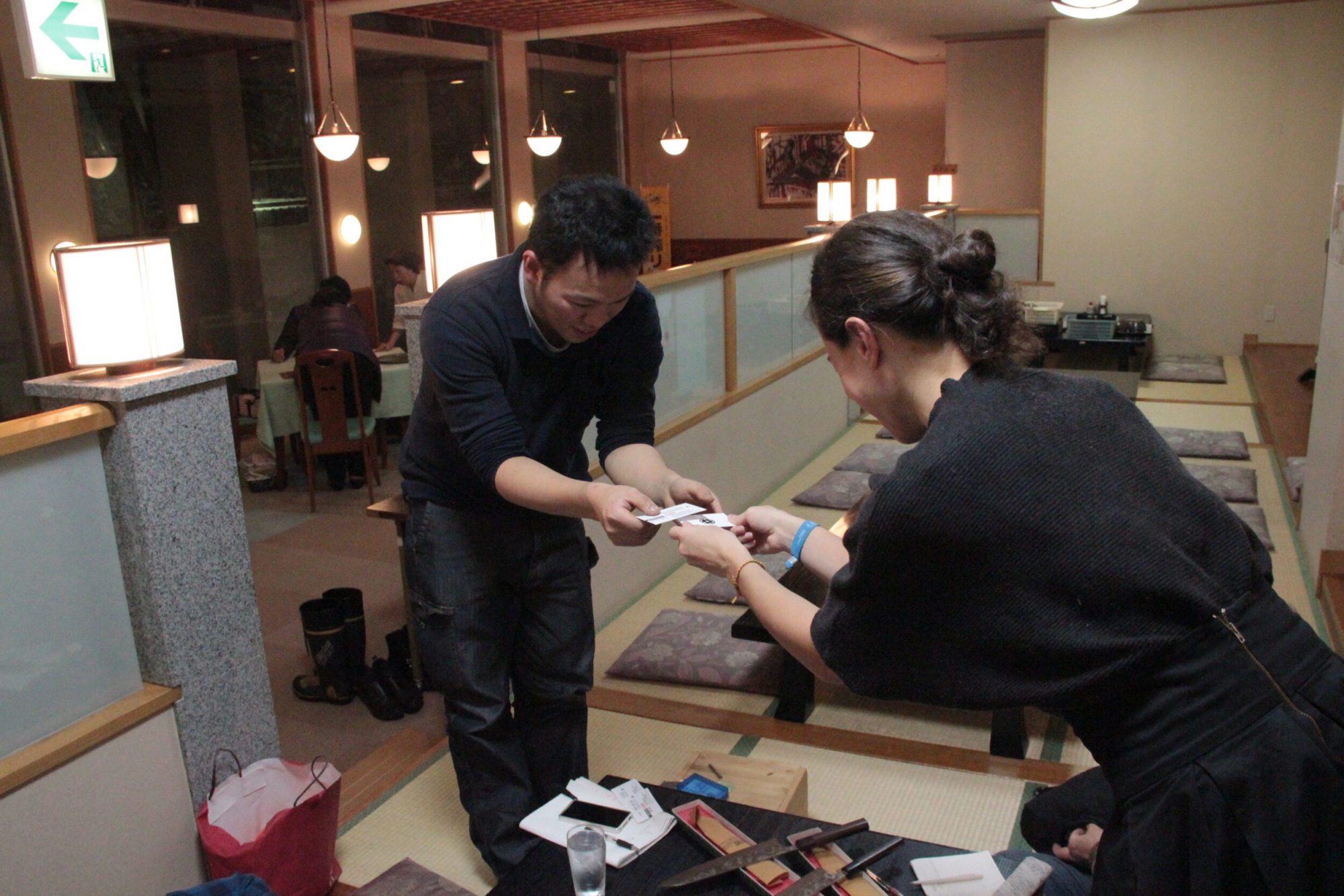Kitchen sometimes resembles a war field, especially if you are trying to prepare fancy dishes for your guests to come and have little time to organise everything. Today we’ve prepared top 25 kitchen and cooking tricks that will help any hobbyist cook.
Kitchen scenario #1: I have lots of dough to cut into shapes.
We suggest: Use a pizza cutter!
A pizza blade can be wheeled around a slice of pastry or dough with fluid ease, saving you the expense of buying shaped cutters, or time spent fiddling around, twizzling the point of a knife into strange angles.
Kitchen scenario #2: My sugar has clumped in the packet.
We suggest: Undo the damage with a slice of bread.
If your brown sugar has clumped into pieces, place a piece of soft white bread in the packet and the sugar will break back down into sandy granules in a few hours (no, rice won’t help). To stop it happening again, make sure the storage space is nice and dry.
Kitchen scenario #3: Un-juicy lemons
We suggest: Microwave them.
Save yourself the disappointment of an unsqueezy lemon by microwaving it whole for around 20-30 seconds on high. It’s just enough time to release the juices, but be careful not to go overboard and dry the flesh out.
Kitchen scenario #4: I’ve run out of bread.
We suggest: Make instant flatbreads.
If you have plain flour in the cupboard, you always have bread on hand. Just take one mug of plain flour combined with 1-2 teaspoons of olive oil per person, then slowly add cold water until it’s a soft, smooth dough which leaves the bowl clean. Divide the dough into balls, roll out to a 2mm thickness then dry fry in a non-stick pan. They’ll only take a few moments and are ready when both sides have golden brown patches all over. Ps. Flatbreads are great for storing – they stay fresh for many days.
Kitchen scenario #5: I need to line a springform cake tin with no fuss.
We suggest: Clamp it.
Bypass pencil outlines and fiddly scissors by lining a springform cake tin – one with a clippable ring and removable base – the easy way. Lay the parchment onto the flat base of the tin, then press down and clamp the ring into place, leaving edges around the outside to easily tear off.
Kitchen scenario #6: I want to make an easy rainbow cake.
We suggest: Ditch the liquid food colouring.
We love our stripy rainbow cake, but it’s perhaps one for the keen baker to take on. If you want your sponge to sing with Technicolor joy but don’t have the food dye resource, pick up a tub of multi-coloured hundreds and thousands instead. Weave them through your sponge batter and watch them dissolve into a beautiful polka dot design during cooking.
Kitchen scenario #7: I want to peel a kiwi the easy way.
We suggest: Spoon it.
To peel a kiwi fruit, just chop off the top and bottom, then push a dessertspoon in between the fruit and the skin. Turn the kiwi fruit until all the skin falls off the back of the spoon.
Kitchen scenario #8: I need to ramp up the flavour of my dish.
We suggest: Don’t just use salt and pepper.
Don’t just stick with salt and pepper – experiment with other store cupboard seasonings. Try sprinkling a crushed up chicken stock cube over a whole chicken before roasting or add a splash of soy sauce to boost the flavour of your gravy. (If you have none, wine is always great to add a flavour 🙂
Kitchen scenario #9: My boiled eggs are difficult to peel.
We suggest: Add vinegar.
You probably already know that adding a dash of vinegar to egg poaching water helps coagulate the white. But did you know adding a dash of vinegar to the water when boiling eggs helps the shell peel off more easily? Say goodbye to piles of tiny eggshell shards.
Kitchen scenario #10: My herbs are about to go off.
We suggest: Freeze them.

‘Hard’ herbs like rosemary and thyme can be frozen whole. When you come to use them, they’ll naturally crumble into pieces, bypassing the mezzaluna completely.
Kitchen scenario #11: I have a rind of expensive Parmesan I don’t want to waste.
We suggest: Use it as a seasoning.

While the hard rind of cheese such as Parmesan, pecorino and Grana Padano is difficult to grate, it’s a shame to waste such an expensive by-product. But there’s no need to – try using it as a makeshift cheesy bouquet garni. Add the rind whole when you’re sweating onions in the first stage of making a risotto or sauce. It will impart lots of its flavour but save you taking to it with a chainsaw. Don’t forget to remove it before serving though 🙂
Kitchen scenario #12: I’m finding it hard to peel shallots.
We suggest: Boil the kettle.
Dinky shallots can be a pain to peel, but cover them in boiling water and the skin loosens, making the process far quicker.
Kitchen scenario #13: I need a tiny squeeze of citrus juice but not a whole fruits-worth?
We suggest: Spike it.
Don’t cut a whole orange, lime or lemon and risk the rest going to waste for the sake of one small squeeze of juice. Use a skewer to pierce it to release a few drops without having to break the fruit open.
Kitchen scenario #14: I’m entertaining and need a quick starter.
We suggest: Spice up shop-bought dips.
Stir a few extra ingredients through your favourite shop-bought hummus and everyone will think you’ve made it yourself. Add a dash of lemon juice, chopped fresh coriander, some ground cumin, smoked paprika or a smidge of harissa paste to give it a kick. Alternatively, add a few whole chickpeas and a drizzle of olive oil to really make it look homemade.
Kitchen scenario #15: My bag of salad leaves is about to go out of date.
We suggest: Cook them.
Plastic bags of washed and ready-to-eat salad leaves are really convenient but don’t seem to last very long at all, even in the fridge. If you find yourself with leftover leaves, that are starting to lose their crispness, ensure they don’t go to waste. Instead, pop them in a pan with a little olive oil or butter, garlic and seasoning and wilt down as you would for spinach. This works particularly well with leaves like watercress and rocket.
Kitchen scenario #16: Garlic cloves that are tricky to peel.
We suggest: Don’t bother.
Garlic cloves are one of the trickiest items to prepare, and if you find it a frustrating feat, invest in a sturdy garlic press and voilà – the whole clove can be passed through it with the skin intact. It might take a bit of pushing, but once through the flesh is passed through the holes while the skin is left in the press to be easily removed.
Kitchen scenario #17: I need a quick white sauce.
We suggest: Cream cheese
Making a roux from flour and butter isn’t too difficult a process, but if time is of the essence, it might be easier to reach into the fridge. A tub of cream cheese watered down until the same consistency as béchamel makes a super-simple alternative. If you want to boost the flavour, add a grating of nutmeg. Alternatively, use crème fraîche and grated cheese.
Kitchen scenario #18: I need brown rice to cook quickly.
We suggest: Soak it.
Nutty brown rice can take a long time to cook until tender, so speed up the process by soaking it in water overnight, as you would hard pulses like lentils. It’ll cook far quicker as a result.
Kitchen scenario #19: I can’t keep my supermarket herbs alive.
We suggest: Get snipping.
As soon as you buy herb plants from the supermarket or greengrocer, remove the plastic wrapping and trim the top leaves quickly to use in your cooking. By trimming off the top leaves first you’ll help the plant shoot out from lower down the stem making it stronger. Water every other day or according to the instructions on the pack.
Kitchen scenario #20: I want perfect fried eggs.
We suggest: Steam them.

Achieve the perfect set white and creamy runny yolk with a few splashes of water. Fry the eggs in a non-stick pan and when the whites are almost cooked, put a few drops of water into the pan, quickly cover it with a lid and turn the heat down low or off completely and leave for a minute or two to finish cooking. The effect will be a perfect semi-poach.
Kitchen scenario #21: I don’t want my avocado to go brown.
We suggest: Twist it.
If you don’t always manage to eat a whole avocado in one go, keep the surplus from turning brown with our clever storage technique. Cut the avocado in half and twist into two pieces, then use a spoon to scoop out the flesh from the side without the stone and eat it. Return the empty skin to the other half, which still contains the stone, and use the skin to cover it over. Keeping the stone in and covering it with the skin helps retain colour and freshness until the following day.
Kitchen scenario #22: I want to make pastry with a difference.
We suggest: Customise it.
Spruce up shop-bought pastry by dicing a block of shortcrust and popping it into a food processor. Being careful to match it to your filling, add a flavouring – herbs, vanilla, cheese, cocoa powder, honey or spice are all great ways of giving your pastry an edge.
Kitchen scenario #23: I’m having a party and don’t have fridge space for drinks.
We suggest: Salt water.
Not enough space for your party loot? Save space for food by putting drinks into big tubs, buckets and bowls filled with salted ice water – the salt will cause the temperature to drop, giving you icy cold drinks in seconds.
Kitchen scenario #24: I need breadcrumbs but don’t have a food processor.
We suggest: Go manual.
Make your own dried breadcrumbs by grating stale bread on the coarse side of a grater, then spread the crumbs in a thin layer over a baking sheet. Bake for 30 minutes at 140C, giving them a good shake halfway through. The golden, crispy crumbs will last in a sealed container for up to two weeks.
Kitchen scenario #25: I need a marinade for my meat but only have half an hour before cooking.
We suggest: Reach for the wine.
If you need your meat injected with a short, sharp burst of flavour, choose marinade ingredients wisely. Red wine quickly penetrates the meat, giving it a deep colour, while citrus zest and juice tenderises it rapidly.
Cover photo and few copy photos credit: our favourite WhatShouldIEatForBreakfastToday.com
More tips and tricks from our Japanese Kitchen:
































